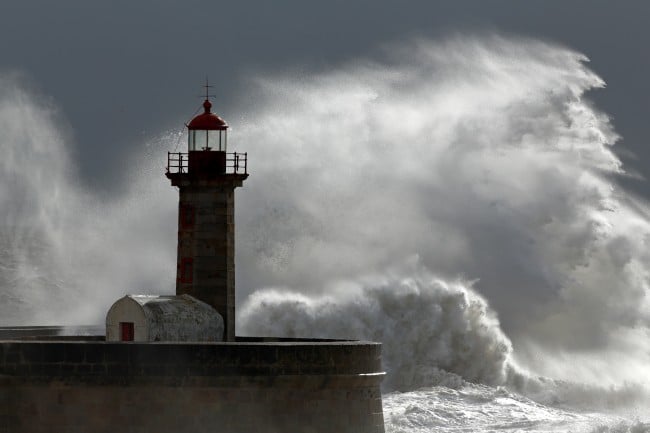
Many common questions surround storms and natural disasters. One of the most common is “What is the difference between a cyclone, a hurricane, and a typhoon?” As it turns out the biggest difference between the three is where on the planet they take place.
- Cyclones occur in the South Pacific and the Indian Oceans.
- Typhoons occur in the Northwest Pacific.
- Hurricanes occur in the Atlantic and the Northeast Pacific.
Why they are called by different names is a matter of the cultures where the storms hit. Hurricanes are called that for the Carib Indian god of evil, “Hurican”. Typhoon is thought to have originated from the Chinese “tai fung”, meaning “great wind”, or else from the Arabic “Al-tufan”, meaning “flood” or “storm”. Cyclone is from the Greek “kyklon”, meaning “to whirl or spin in a circle”.
On This Page:
- What is a Tropical Storm?
- Fundamental Difference between Hurricanes and Tornadoes
- How Are Cyclones and Typhoons Different?
- 2015 Hurricane, Cyclone, Typhoon and Tornado Examples
What is a Tropical Storm?
Now that you know the difference between a hurricane, typhoon, and cyclone, you may be wondering how these differ from a “tropical storm”. A tropical storm is a storm with winds that have reached at least 39 mph. It is at this point that the storm gets a name from the World Meteorological Organization. Once those winds reach 74 mph, the storm becomes a typhoon, hurricane, or cyclone depending on where in the world it is.
These storms are classified according to scales based on where the storm originated. In the Atlantic, the Saffir-Simpson Scale is used. It ranges from Category 1 with sustained (1 minute) wind speeds of 74-95 mph up to Category 5 with wind speeds of 157 mph or greater. (Tropical storms are from 39 to 73 mph; tropical depressions are 38 mph or less.) In the Western Pacific RSMC Tokyo’s Tropical Cyclone Intensity Scale is used which divides tropical cyclone strengths into 3 categories. Other regions use their own Tropical Cyclone Intensity Scales with storms broken down by different criteria.
Fundamental Difference Between Hurricanes and Tornadoes
Though they appear to be the same and can wreak the same destruction when they make landfall, hurricanes and tornadoes are two different things. A look at the list below should tell you all about the differences between these meteorological “cousins”:
- Hurricanes are huge. They are often several hundred miles wide. By comparison, tornadoes are small, averaging only about a quarter mile wide.
- Hurricanes form over warm water far from the jet stream. Tornadoes form over land and are usually very close to the jet stream.
- Hurricanes like to stick around, sometimes for as long as 3 weeks. Tornadoes last for about an hour.
- The winds in a hurricane average about 180 mph. Tornado winds are considerably stronger, able to reach over 300 mph.
- In the US, hurricanes happen about 10 times per year. Tornadoes in the US are much more frequent, happening 800 to 1,000 times per year.
- You can see hurricanes coming from quite some distance and often have several days to prepare or evacuate. A tornado usually only gives 15-30 minutes warning.
Those are the fundamental differences between these highly destructive weather phenomena. It’s worth noting that most of the damage from a hurricane doesn’t come from the winds so much as from the flooding that usually accompanies them. During Hurricane Katrina, the flooding was the main source of the damage and death that was caused.
What About Cyclones and Typhoons? How Are They Different?
Although these storms are generally different only based on where they originated, those locations do cause some degree of differences between cyclones and typhoons.
- Due to the colder waters where they originate, cyclones do not develop very frequently. They need water of at least 80 degrees, which are not very common in the Indian Ocean and Southwest Pacific.
- Typhoons form much more frequently because their place of origin, the Northwest Pacific, has much warmer waters.
- Typhoons are usually powerful storms accompanied by heavy rain and strong winds.
- Cyclones usually develop into one of two other storms. The first is a tornado, characterized by extremely strong winds. They are often deadly. The other is a thunderstorm, characterized by heavy rain, lightning, thunder, and strong winds.
The differences between the two are the result of the climate conditions where they form. While they form in the same way, the conditions of their births cause them to grow in different directions.
Hurricanes, Cyclones, Typhoons and Tornadoes in 2015
Hurricane
Hurricane Fred was the first hurricane to cross Cape Verde since 1892. A Category 1, Fred’s winds reached 85 mph. It formed off the coast of West Africa, reaching tropical storm status on August 30, 2015. On the 31st Fred was upgraded to a Category 1 hurricane.
Fred hit the Barlavento region with gale-force winds, causing the area to send up its first hurricane warning in its history. Trees and utility poles were blown over and phones and power were knocked out. Fishing villages were destroyed by violently surging seas.
Cyclone
Cyclonic storm Komen formed on July 30, 2015. It caused widespread flooding across much of Myanmar and killed 69 people both directly and indirectly. 272,488 homes were destroyed.
Komen formed over the Bay of Bengal and had sustained winds of 80 mph. It brought heavy rains and flooding.
Typhoon
Typhoon Kilo was a Category 3 typhoon born on September 1st, 2015. It was immediately classified as a typhoon due to its quick formation. It had winds of 100 mph and went through periods of elongating and weakening, but managed to find the conditions it needed to regain strength several times. It never made landfall and remained at sea, weakening up to September 11, 2015.
Tornado
On September 8, 2015, a confirmed EF1 tornado touched down in Ogemaw, Michigan. It was 75 yards wide and traveled a 9 mile path. Along the way it caused sporadic damage, downing trees and blowing some onto houses and other structures. Wind speeds were reported at 110 mph with no injuries or deaths reported.
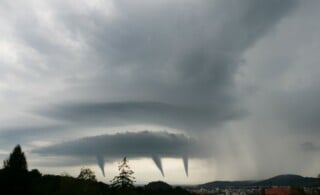 The 20 Deadliest Tornadoes on Record in the US & World
The 20 Deadliest Tornadoes on Record in the US & World 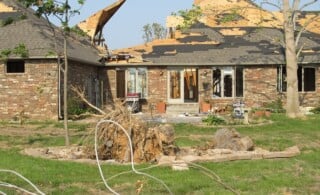 Disaster Restoration Services Provide Shelter from the Storm
Disaster Restoration Services Provide Shelter from the Storm 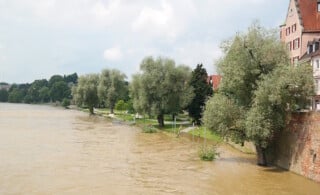 Water Damage Restoration
Water Damage Restoration 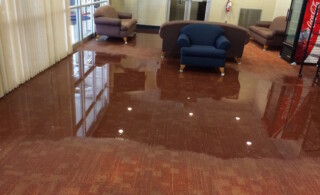 Dealing with Flood Damage Repair and Cleanup
Dealing with Flood Damage Repair and Cleanup  Storm Shelters Give Respite from The Storm
Storm Shelters Give Respite from The Storm 

Are You Familiar With This Topic? Share Your Experience.